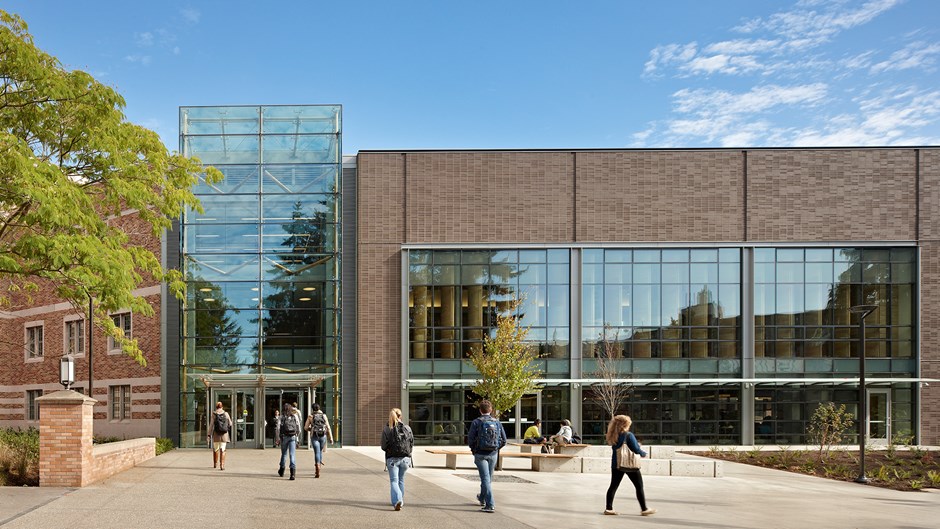Have you ever wondered how to make your home not only comfortable but also highly energy-efficient? Using a passive house design checklist could be your solution! This approach focuses on maximizing energy efficiency, which provides a comfortable living environment whilst reducing your carbon footprint. Homeowners and real estate developers eager to embrace sustainable living will find this checklist instrumental in creating a better world.

Understanding the Passive House Concept
Before diving into the passive house design checklist, its essential to understand what a passive house truly represents. A passive house is a standard for energy efficiency that reduces the building’s ecological footprint. The objective is to maintain comfortable temperature and air quality without traditional heating or cooling systems.
The Basics of a Passive House
What makes a passive house outstanding? Here are some fundamental principles:
Energy Efficiency
At its core, energy efficiency focuses on reducing energy consumption through smart design. A passive house uses around 90% less heating and cooling energy than conventional buildings.
High-Quality Insulation
Insulation is critical in any passive house design checklist. Superior insulation walls, roofs, and floors prevent heat loss, maintaining consistent indoor temperatures.
Airtight Construction
Keeping drafts at bay is vital. Airtight constructions minimize heat loss and improve energy efficiency by sealing the house structure meticulously.
Key Components of a Passive House Design Checklist
Lets explore the essential elements that constitute a comprehensive passive house design checklist.
Design and Orientation
Consider the site and climate when orienting your house. Proper orientation maximizes natural sunlight exposure and reduces reliance on artificial temperatures.
Efficient Window Design
Windows are gateways for both heat and light. Optimizing window design, such as double or triple glazing, ensures energy conservation.
Ventilation Systems
Ventilation is a cornerstone of indoor air quality and comfort. Incorporate mechanical ventilation with heat recovery to maintain clean air while conserving energy.
Thermal Bridge-Free Design
Avoid thermal bridges to prevent energy loss. Details like these must be meticulously checked in your passive house design checklist.
Passive House Standards and Certification
The certification process upholds rigorous standards to ensure that every passive house meets its intended goals.
PHI and Passivhaus
The Passive House Institute (PHI) developed Passivhaus standards. Knowing these standards is essential for developers and homeowners seeking certification.
Benefits of Certification
Achieving certification enhances your property value, ensures sustainable development, and demonstrates environmental commitment.
The Impact of Passive Houses on the Environment
Passive houses significantly reduce energy use, which lowers carbon emissions and conserves natural resources. Learn more about how a green future is possible through the concepts of green building.
Living in a Passive House
Residents of passive houses enjoy improved air quality, consistent comfort, and significant reductions in energy bills. This lifestyle choice aligns well with sustainable living ambitions.
Challenges in Passive House Design
Designing a passive house comes with challenges like preliminary costs and site constraints. However, the long-term benefits outweigh these initial hurdles.
Cost Considerations
While passive houses may incur higher upfront costs, they offer substantial savings over time through reduced energy consumption.
Integrating Smart Technology
Include smart home technologies in your passive house design checklist for added convenience and further energy efficiency.
Passive House in the Future
As awareness about environmental impact grows, passive houses are poised to become a growing trend in the construction industry. The insights on sustainable building practices are illuminating in this regard.
Resources for Further Learning
Explore green building resources for more information on sustainable architecture.
Conclusion
Adopting a passive house design checklist brings you closer to a sustainable and comfortable living environment. By incorporating these principles, we’re paving the way for a healthier planet.

FAQs
What is a passive house?
A passive house is an energy-efficient building standard that reduces ecological footprint, maintaining comfort without traditional heating or cooling systems.
Why invest in a passive house?
A passive house offers benefits such as improved air quality, reduced energy bills, and increased property value, aligning with sustainable living goals.
Are passive houses cost-efficient?
Yes, despite higher initial costs, passive houses are cost-efficient over time due to significant reductions in energy consumption.
This article contains affiliate links. We may earn a commission at no extra cost to you.




